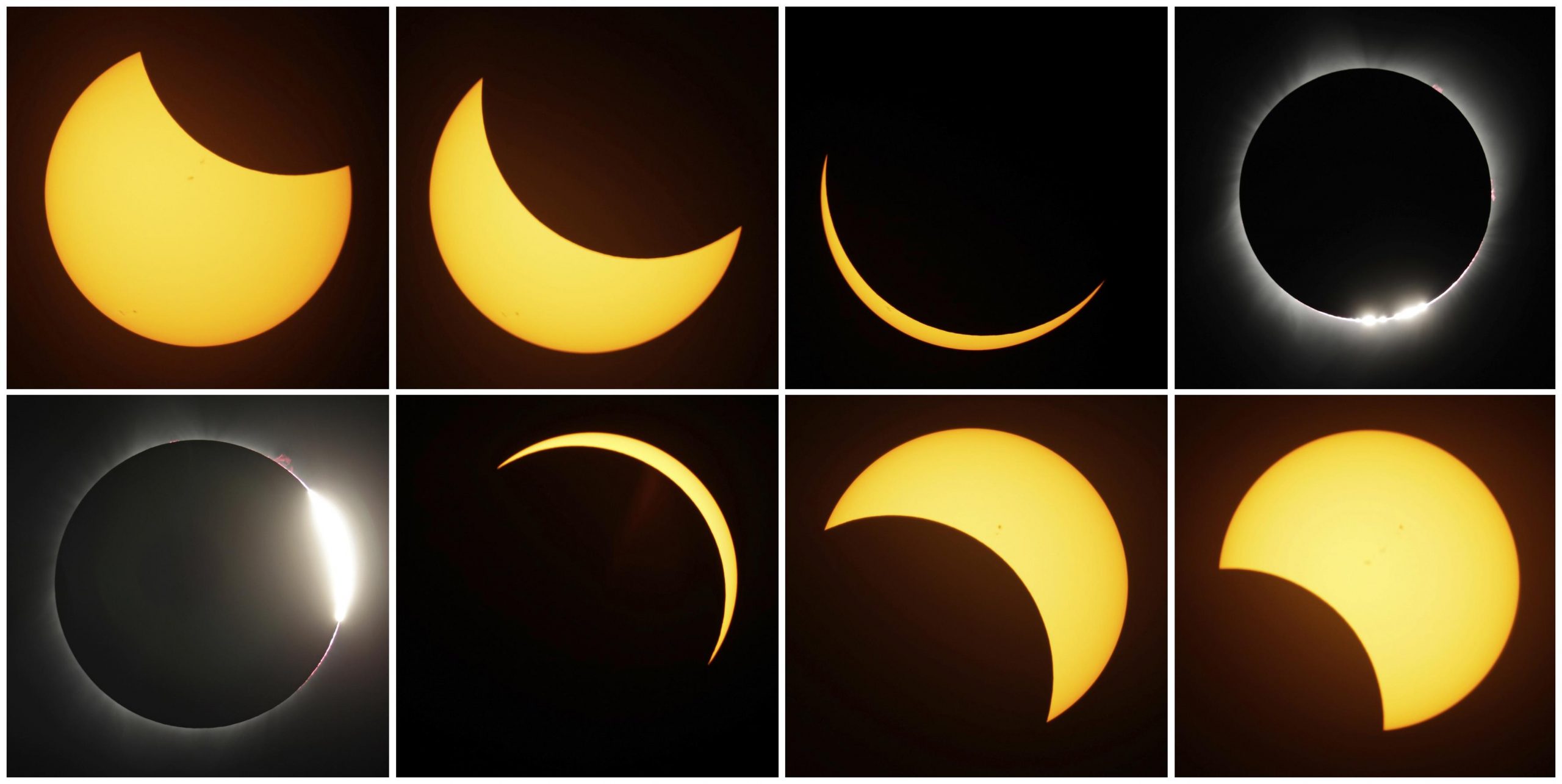Solar eclipses are awe-inspiring celestial events that captivate the imagination of many. Unfortunately, they are also prime targets for conspiracy theories. These theories can range from mild exaggerations to complex narratives that weave in pseudoscience and misinformation. In this article, we’ll explore how to spot a solar eclipse conspiracy by examining common tactics used by conspiracy theorists and providing tools to critically evaluate such claims.
Understanding Solar Eclipses
What is a Solar Eclipse?
A solar eclipse occurs when the Moon passes between the Earth and the Sun, blocking out the Sun’s light either partially or completely. This astronomical event is a natural and predictable phenomenon that has been observed for thousands of years. Solar eclipses come in three main types: total, partial, and annular.
- Total Eclipse: The Moon completely covers the Sun, leaving only the Sun’s corona visible.
- Partial Eclipse: Only a portion of the Sun is obscured by the Moon.
- Annular Eclipse: The Moon is too far from Earth to completely cover the Sun, leaving a ring-like appearance known as the “ring of fire.”
The Science Behind Solar Eclipses
Solar eclipses are governed by the predictable motions of celestial bodies. The orbits of the Earth and Moon, combined with their relative distances, allow scientists to calculate when and where eclipses will occur. This scientific understanding is based on centuries of astronomical observations and calculations, making eclipses one of the most well-documented natural phenomena.
Common Solar Eclipse Conspiracy Theories
The “Fake Eclipse” Theory
One of the most common conspiracy theories claims that solar eclipses are faked or staged events. Proponents of this theory often argue that the eclipse is a product of advanced technology or that it is manipulated by governments or other organizations to create a false sense of wonder.
How to Spot This Theory:
- Check for Evidence: Genuine scientific explanations and astronomical data are readily available from reputable sources like NASA and observatories. Verify the claim by consulting these sources.
- Evaluate the Technology Claim: The technology required to fake an eclipse would be immense and highly improbable. Investigate if the technology described is plausible or if it relies on unverified and fantastical elements.
The “End Times” Conspiracy
Another theory posits that solar eclipses are signs of impending doom or a divine warning of the end of times. This theory often draws on religious or apocalyptic narratives to create fear or urgency.
How to Spot This Theory:
- Analyze the Source: Look for the origins of the claim. Often, such theories come from sources with a particular ideological or religious agenda rather than scientific evidence.
- Check Historical Patterns: Historically, eclipses have been seen as omens or signs, but they have never been linked to actual end-of-world scenarios. Scientific understanding has debunked these apocalyptic interpretations.
The “Government Cover-Up” Theory
Some conspiracy theories suggest that governments or other powerful entities are covering up the true nature or significance of solar eclipses. This theory might claim that important information about the eclipse is being withheld from the public.
How to Spot This Theory:
- Look for Lack of Evidence: Government cover-up theories often lack concrete evidence and rely on vague or unsubstantiated claims.
- Verify with Experts: Consult with scientists, astronomers, or reputable sources who provide transparent and verifiable information about solar eclipses.
Evaluating Solar Eclipse Claims
Check the Source
Always consider the credibility of the source making the claim. Reliable information about solar eclipses comes from established scientific institutions, universities, and professional astronomers. Be wary of sources that lack verifiable credentials or that are known for promoting fringe theories.
Look for Scientific Consensus
The scientific consensus is built on peer-reviewed research and extensive observation. If a claim about a solar eclipse contradicts established scientific understanding, it is likely to be a conspiracy theory. Cross-reference the claim with well-respected scientific publications and organizations.
Assess the Evidence
Evaluate the evidence presented. Genuine scientific explanations will be supported by data, observations, and reproducible results. Conspiracy theories often rely on anecdotal evidence, speculative reasoning, or manipulated data.
Understand the Motives
Consider the motives behind the conspiracy theory. Many theories are driven by the desire to attract attention, generate fear, or promote a particular agenda. Understanding these motives can help you critically evaluate the validity of the claim.
How to Educate Yourself
Follow Reputable Sources
Stay informed by following reputable sources of information about solar eclipses. This includes official websites of space agencies like NASA, educational institutions, and professional astronomical societies.
Engage with Scientific Communities
Participate in discussions and forums with experts and enthusiasts in the field of astronomy. Engaging with knowledgeable communities can provide insights and help clarify misconceptions.
Use Educational Tools
Take advantage of educational tools and resources, such as eclipse maps, simulations, and interactive guides. These resources can provide a clear understanding of how and when solar eclipses occur.
Conclusion
Solar eclipses are a natural and scientifically fascinating phenomenon. While they can inspire awe and wonder, they can also be exploited by conspiracy theorists seeking to spread misinformation or fear. By understanding the science behind eclipses, evaluating claims critically, and relying on reputable sources, you can effectively spot and debunk solar eclipse conspiracies. Staying informed and educated is the best way to appreciate these celestial events without falling victim to unfounded theories.
